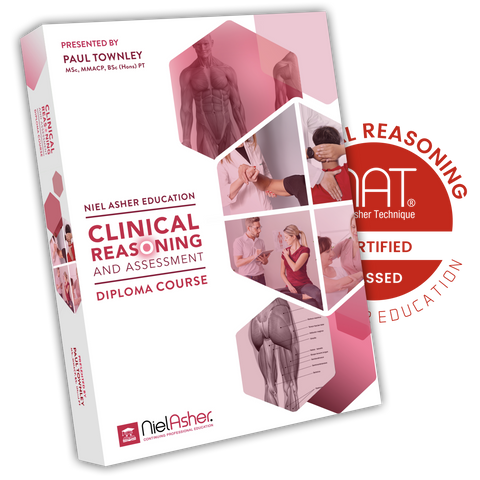How to Treat Medial Tibial Stress Syndrome (Shin Splints)

Shin splints are especially common amongst runners and other athletes who have just returned after a break, or who are stepping up the intensity and duration of their training
Shin splints is a generally descriptive term used to describe most painful conditions in the front area of the shin.
There are however many potential causes of the pain.
Shin Splint Overview - Stuart Hinds
Medial Tibial Pain Syndrome (Shin Splints)
Medial tibial pain syndrome is the most common cause of shin pain. This refers to pain typically experienced over the shin bone.
Altering the duration, frequency or intensity of running can often lead to this condition developing.
Cause
Repetitive stress on the tibialis anterior muscle leading to inflammation at its bony attachment to the tibia. Repetitive impact forces on the tibia, as with running and jumping.
Weakening of any of the muscles in the lower limbs as a result of trauma or active trigger points left unattended.
Signs and symptoms
Dull, aching pain over the inside of the tibia. Pain is worse with activity. Tenderness over the inner side of the tibia with possible slight swelling.
Complications if left unattended
If left unattended, shin splints can cause extreme pain and cause cessation of running activities. The inflammation can lead to other injuries including compartment syndrome.
Immediate treatment
RICER. Anti-inflammatory medication. Then heat and massage to promote blood flow and healing.
Rehabilitation and prevention
It is important to use low-impact activities, such as swimming or cycling, to maintain conditioning levels while recovering. Stretching will be a useful aid to recovery.
Try to alternate high-impact activity days with low-impact days.
Note the importance of work to strengthen lower limb muscles to be best prepared for high impact activities.
Trigger Points
Shin splints are typically caused by an imbalance with the complex of the muscles of the lower limb.
Trigger points may become active for a number of reasons including gait imbalances (as a result of poor fitting footwear) or overuse.
Check for active trigger points in extensors, peroneals, tibialis anterior, tibialis posterior, gastrocnemius, soleus.
Links
More articles about Shin Splints
More Articles About Trigger Points
Certify as a Trigger Point Therapist

Trigger Point Therapy Diploma Course

Clinical Reasoning and Assessment for Manual Therapists

JOIN NOW
EDUCATION MEMBERSHIP PLANS UNLIMITED ACCESS
FROM $19.95/monthly
This trigger point therapy blog is intended to be used for information purposes only and is not intended to be used for medical diagnosis or treatment or to substitute for a medical diagnosis and/or treatment rendered or prescribed by a physician or competent healthcare professional. This information is designed as educational material, but should not be taken as a recommendation for treatment of any particular person or patient. Always consult your physician if you think you need treatment or if you feel unwell.
About Niel Asher Education
Niel Asher Education (NAT Global Campus) is a globally recognised provider of high-quality professional learning for hands-on health and movement practitioners. Through an extensive catalogue of expert-led online courses, NAT delivers continuing education for massage therapists, supporting both newly qualified and highly experienced professionals with practical, clinically relevant training designed for real-world practice.
Beyond massage therapy, Niel Asher Education offers comprehensive continuing education for physical therapists, continuing education for athletic trainers, continuing education for chiropractors, and continuing education for rehabilitation professionals working across a wide range of clinical, sports, and wellness environments. Courses span manual therapy, movement, rehabilitation, pain management, integrative therapies, and practitioner self-care, with content presented by respected educators and clinicians from around the world.
Known for its high production values and practitioner-focused approach, Niel Asher Education emphasises clarity, practical application, and professional integrity. Its online learning model allows practitioners to study at their own pace while earning recognised certificates and maintaining ongoing professional development requirements, making continuing education accessible regardless of location or schedule.
Through partnerships with leading educational platforms and organisations worldwide, Niel Asher Education continues to expand access to trusted, high-quality continuing education for massage therapists, continuing education for physical therapists, continuing education for athletic trainers, continuing education for chiropractors, and continuing education for rehabilitation professionals, supporting lifelong learning and professional excellence across the global therapy community.

Continuing Professional Education
Looking for Massage Therapy CEUs, PT and ATC continuing education, chiropractic CE, or advanced manual therapy training? Explore our evidence-based online courses designed for hands-on professionals.


















